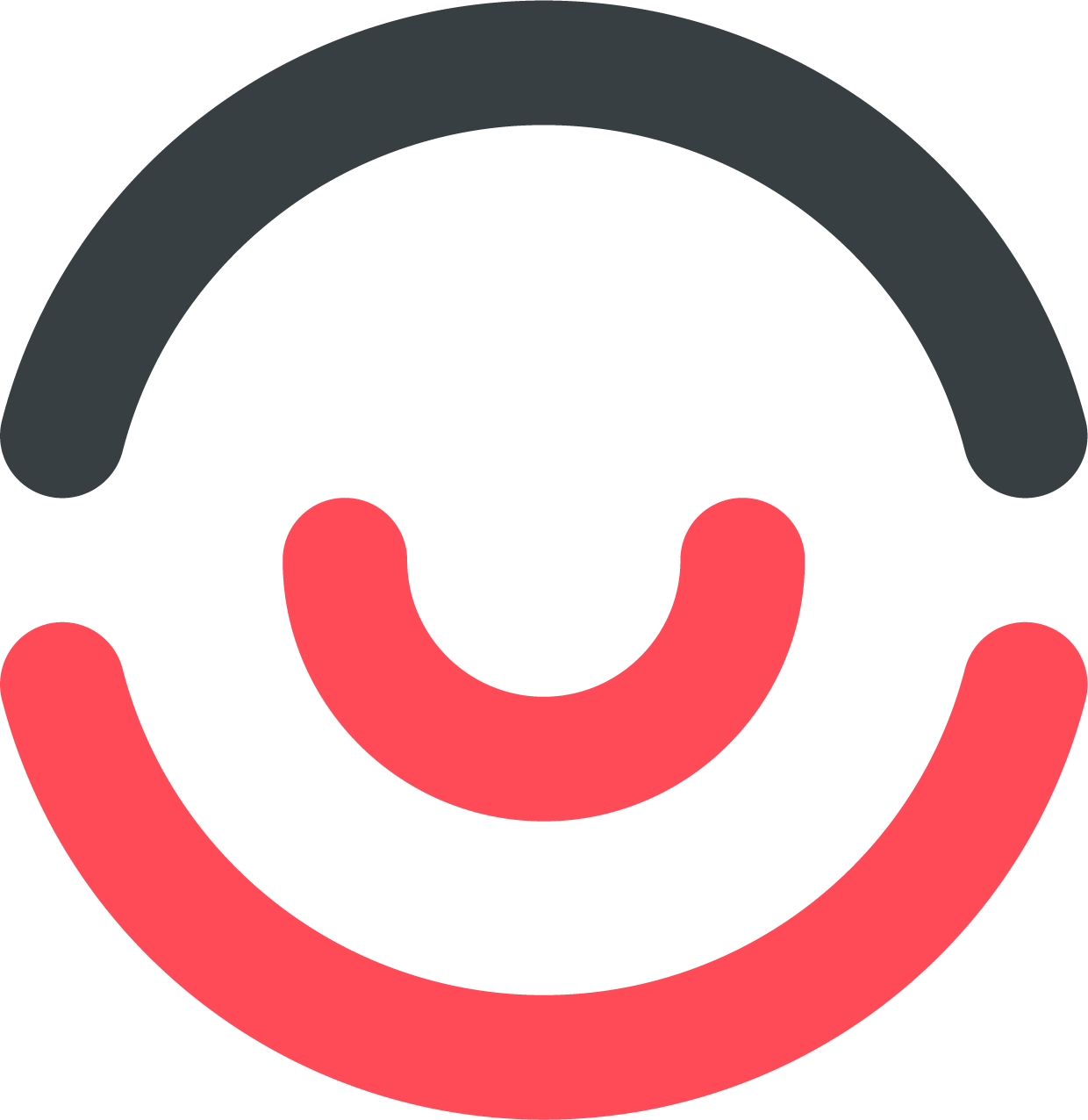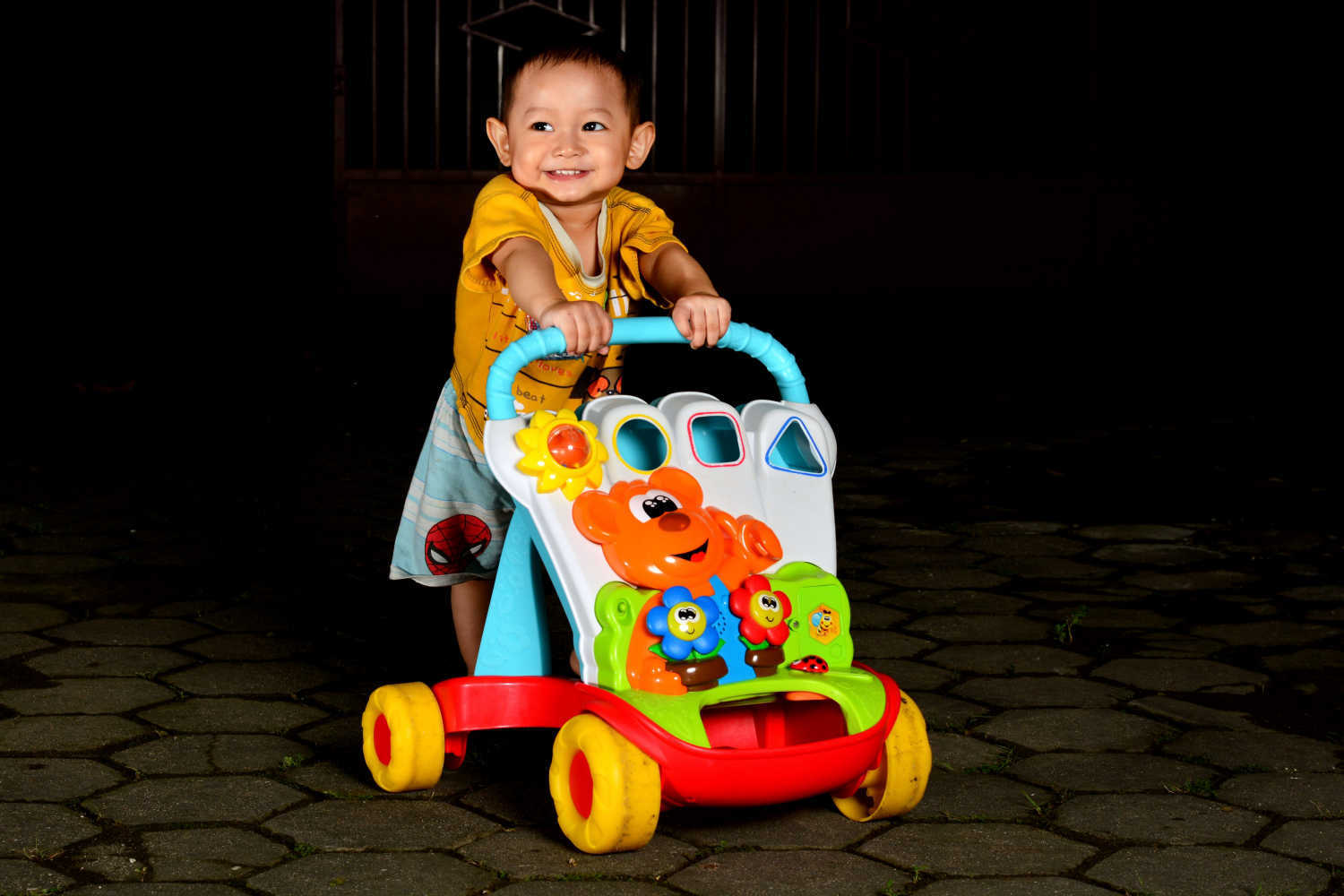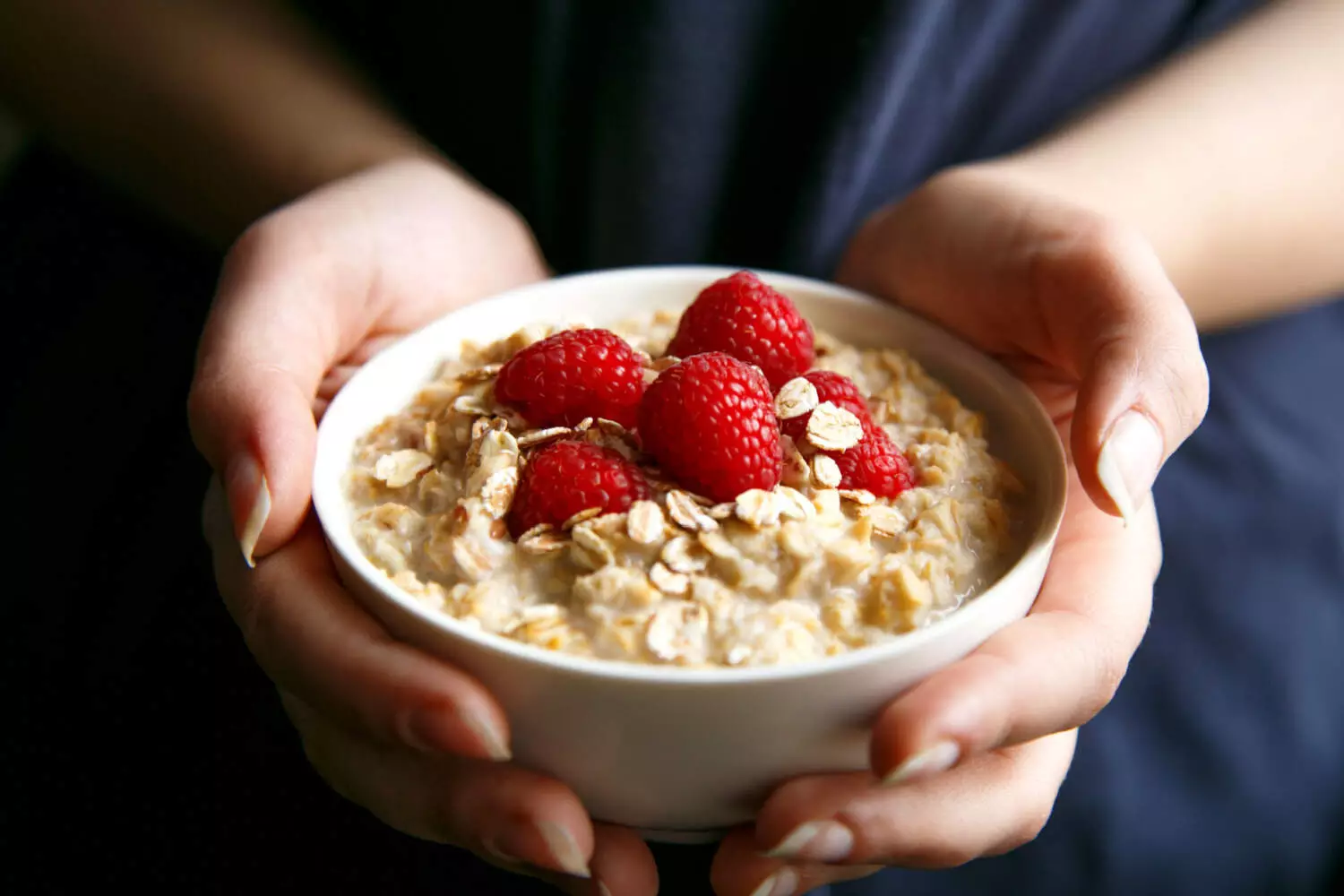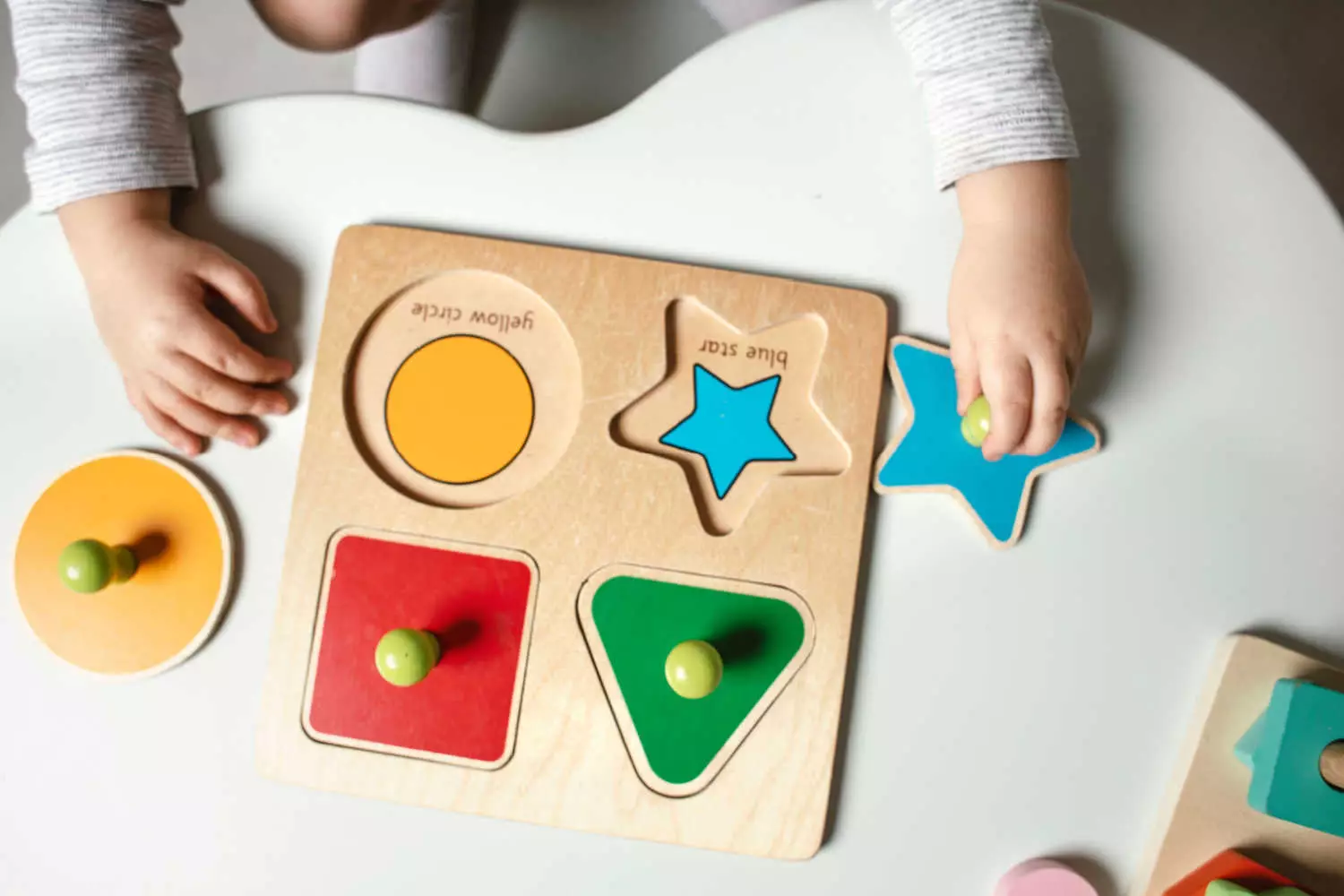
Nipple Confusion in Newborns – Causes, Signs & Tips to Help Cope
7 min readWritten by Editorial Team


Nipple confusion in newborns is quite common, and it happens when a baby struggles hard to find a difference between breastfeeding and bottle feeding. From the baby’s point of view, bottle feeding is not the same as breastfeeding and hence it becomes difficult for them to latch on breasts and suck. This creates confusion. Nipple confusion arises when your baby finds it difficult to switch between bottle and breast. Babies usually use different techniques to drink from bottle and breast and they are born with an instinct for breastfeeding. But sometimes they get confused when they are made to switch from breastfeeding to a bottle or a pacifier.
Breastfeeding is a very tiring task for nursing mothers as they cannot give time to themselves as they are in a dilemma of breastfeeding timely and when their babies require it. But with the introduction of bottle feeding, nursing moms can give at least some time to themselves, and this will work in favor of their well-being. But as babies are familiar with breastfeeding for a long time since birth, they may find it difficult to resort to bottle feeding easily. And this condition is usually termed “nipple confusion”.
In This Article
- What is Nipple Confusion?
- Causes of Nipple Preference in Newborn
- Signs of Nipple Confusion in Babies
- How to Prevent Nipple Confusion?
- How Can You Help Your Baby With Nipple Confusion?
- Tips to Help Your Baby Deal With Nipple Confusion
- FAQ’s
What is Nipple Confusion?
Nipple confusion in newborns occurs when the baby is finding some difficulty in latching or switching to bottle feed from breastfeeding (1). It occurs when a baby refuses to latch the milk from the bottle just because they are not finding the coordinated movements of the mouth and jaw that they used to find before.
In some bottles, the teats are rigid and hence this means that your baby would get a good flow of milk and they would also not have to struggle much to get the milk. On the contrary, when you are breastfeeding your baby, they need to wide open their mouth to latch.
Causes of Nipple Preference in Newborn

Babies are automatically born with good knowledge about how to suck (2). This means that their brains have adapted well to how they must suck from their mother’s breast. But after a certain point of time, when they are made to develop a preference for the teat of a bottle, they forget about breastfeeding and there are several reasons behind this (3).
Some people figure out that the cause of nipple confusion in newborns is that they find it difficult to suck from the breasts as compared to sucking milk from a bottle. Whereas others think that a baby forgets about sucking from the breast when they learn bottle feeding. But this is not true.
A baby is instinctively aware of breastfeeding from the moment they are born and hence a baby will not prefer to bottle feed unless and until breastfeeding becomes troublesome to get enough milk from their mother’s breasts.
[Read : Sucking Reflex in Babies]
Signs of Nipple Confusion in Babies
When a baby is fed with the same technique of breastfeeding and bottle feeding, then there are chances that your baby might have “nipple confusion”. The earliest sign of nipple confusion is that your baby isn’t getting the amount of milk as required and hence this might be because they are having difficulty in latching, which needs to be treated.
There are several signs of nipple confusion that a baby displays (1A) as mentioned below.
- Thrusts tongue while sucking and pushes the nipple out of the mouth.
- Not able to wide open their mouth while latching.
- Showing inability or refusal to latch to the breast
- Displaying crankiness when breast milk is not instantly available to them.
- Exhibiting Fussiness
- Showing inability to suck from the breast or weak sucking.
[Read : Baby Latching]
How to Prevent Nipple Confusion?

Mothers often encounter nipple confusion in their little ones and wonder how to deal with the situation. Here are some tips through which you can prevent nipple confusion. Let’s have a look at them below.
1. Return to Basics
If your baby has lost their connection with breastfeeding, then it is necessary to make them familiar with the same again. This is important to avoid nipple confusion and hence for this, you need to have a few sessions of breastfeeding with your baby when you will be cuddling your baby towards your skin and giving them kangaroo care. This will bring back their attention to you and latching will become easier.
2. Work on Making Milk Flow Smoother
Your baby makes a lot of effort on their part to latch the milk from your breasts but you also have to make a lot of effort on your part by making the milk flow smoother for your baby. You can do this by pumping your breasts while feeding your baby or even pumping them to reduce the baby’s efforts.
3. Keep in Mind the Timing
When you are just about to breastfeed your baby, make sure that your baby is hungry as this is the only way through which your baby feels motivated to latch on. But in this process, do not let your baby starve as this will make him lose his energy levels to suck hard to get the milk.
[Read : How to Know Your Baby is Hungry – Know the Signs]
4. Keep Bottle Feed at Bay
When you feed your baby with both bottles and the breasts, it’ll create confusion for them, and this is why it is quite important to keep the bottle feeding away from your baby at least until you start feeding them with solids (4).
5. Avoid Formula Unless Medically Suggested
Early introduction of formula to babies is known to be one of the chief reasons for nipple confusion. Avoiding formula is one of the ways to help avoid nipple confusion in babies (5).
How Can You Help Your Baby With Nipple Confusion?

If you think that the condition of nipple confusion is causing you and your baby a lot of unnecessary problems, then you should seek professional help as it is quite important to get rid of such problems at the earliest to avoid further complications.
You can book an appointment with your doctor and learn about how you can avoid nipple confusion in your baby. The doctor will then share the apt tactics and hence these tactics might eliminate this problem and help for a smooth latching session.
Tips to Help Your Baby Deal With Nipple Confusion

Here are a few tips to help your baby deal with nipple confusion.
- Make sure that your baby’s breastfeeding is properly established before introducing a bottle. Some experts recommend waiting for at least four weeks before introducing a bottle.
- Look for alternative feeding systems such as a feeding cup (5A) or a pallada instead of a bottle.
- Ensure a lot of skin-to-skin contact with your baby to help them settle into a comfortable feeding position.
- Ensure a good position and a good latch so that your baby can suck in the milk.
- Monitor the baby for hunger cues and start breastfeeding the baby before they get ravenous and too fussy to drink the milk.
- Praise the baby or show some form of appreciation every time they are able to go one step towards getting rid of their nipple confusion.
- If there are milk flow issues, massage the breasts and express some milk before starting breastfeeding to help get a better milk flow for your baby.
- Avoid introducing pacifiers to your baby unless suggested by the doctor. In fact, the WHO advises against using pacifiers and artificial teats during the breastfeeding period until breastfeeding is established (6).
Nipple confusion in newborns is common and can be a difficult experience for both the mother and the baby. With a few tips, you can help your baby avoid this confusion and drink milk to their fill. In case you are still struggling, you can take the help of lactation consultants who will help and guide you towards the right breastfeeding practices in terms of the right breastfeeding positions and helping your baby latch. With patience and practice, you will be able to help your baby get rid of nipple confusion.
FAQ’s
1. What is the Difference Between Breastfeeding and Bottle Feeding?
As per doctors and healthcare experts, breastfeeding is always the best option for newborns. Because mother’s milk is always at the right temperature and has all the essential nutrients that are required by a baby’s body. However, bottle feeding is done when the option of breastfeeding is difficult to get such as in case of breast engorgement, lack of time, tiredness, etc. making bottle feeding a preferable option.
2. Will Nipple Confusion Affect My Baby?
No, nipple confusion will not affect your baby until and unless your baby is getting enough breastmilk in some of the other forms. Breast milk is an essential intake for your baby because it is packed with nutrients, vitamins, and minerals that are highly needed by your baby at a growing age. Expressed milk becomes an option when breastfeeding is not possible due to several reasons such as lack of time, energy, tiredness, unavailability of the mother, etc.
3. How do I Know if My Baby Has Nipple Confusion?
Classic signs of nipple confusion in babies include thrusting the tongue up while sucking milk from the breast, inability to latch properly or failing to open mouth wide enough to latch to the nipple, crankiness and fussiness while feeding, refusing to latch and breastfeed, etc.
4. How to Treat Nipple Confusion in Babies?
Ensure proper skin-to-skin contact with the baby before feeding, and take time to ensure a comfortable breastfeeding and latching position. Avoid bottle feeding or giving pacifiers to the baby. Monitor your baby’s hunger cues and ensure to feed them before they get too hungry and cranky. Consult a pediatrician or lactation consultant if the problem persists.
Read Also: 7 Signs Your Baby Is Getting Enough Breast Milk
References
- Nipple confusion, alternative feeding methods, and breast-feeding supplementation: State of the science – [https://www.sciencedirect.com/science/article/abs/pii/S1527336901700359]
- A Study to Assess the Sucking Reflex of Neonates Born at Selected Hospitals – [https://www.researchgate.net/publication/311843960_A_Study_to_Assess_the_Sucking_Reflex_of_Neonates_Born_at_Selected_Hospitals]
- SciELO – Brazil – Factors associated to nipple trauma in lactation period: a systematic review – [https://www.scielo.br/j/rbsmi/a/xRRqKBnsWXYmnfLjzvXsmcr/]
- Breastfeeding Problems Associated with the Early Introduction of Bottles and Pacifiers – Jack Newman, 1990 – [https://journals.sagepub.com/doi/abs/10.1177/089033449000600214]
- Nipple confusion and breastfeeding: a literature review – [https://europepmc.org/article/med/16602050]
- Nipple confusion in neonates | British Journal of Midwifery – [https://www.magonlinelibrary.com/doi/abs/10.12968/bjom.2009.17.2.39378]

Editorial Team,
With a rich experience in pregnancy and parenting, our team of experts create insightful, well-curated, and easy-to-read content for our to-be-parents and parents at all stages of parenting.Read more.
Responses (0)
Want curated content sharply tailored for your exact stage of parenting?
Related articles

Push and Pull Toys For Babies – How it Helps in Baby’s Development

Kissing a Baby – Is it Safe?

Oatmeal For Breastfeeding Mothers – Does it Increase Breast Milk Supply?

Top Activities For a 8 Month Old Baby – Benefits and Tips For Parents

Port Wine Stain Birthmarks in Babies – Causes, Symptoms & Treatment

Puzzles For Babies – How it Helps in Baby’s Development
Sponsored content
Discover great local businesses around you for your kids.
Get regular updates, great recommendations and other right stuff at the right time.





